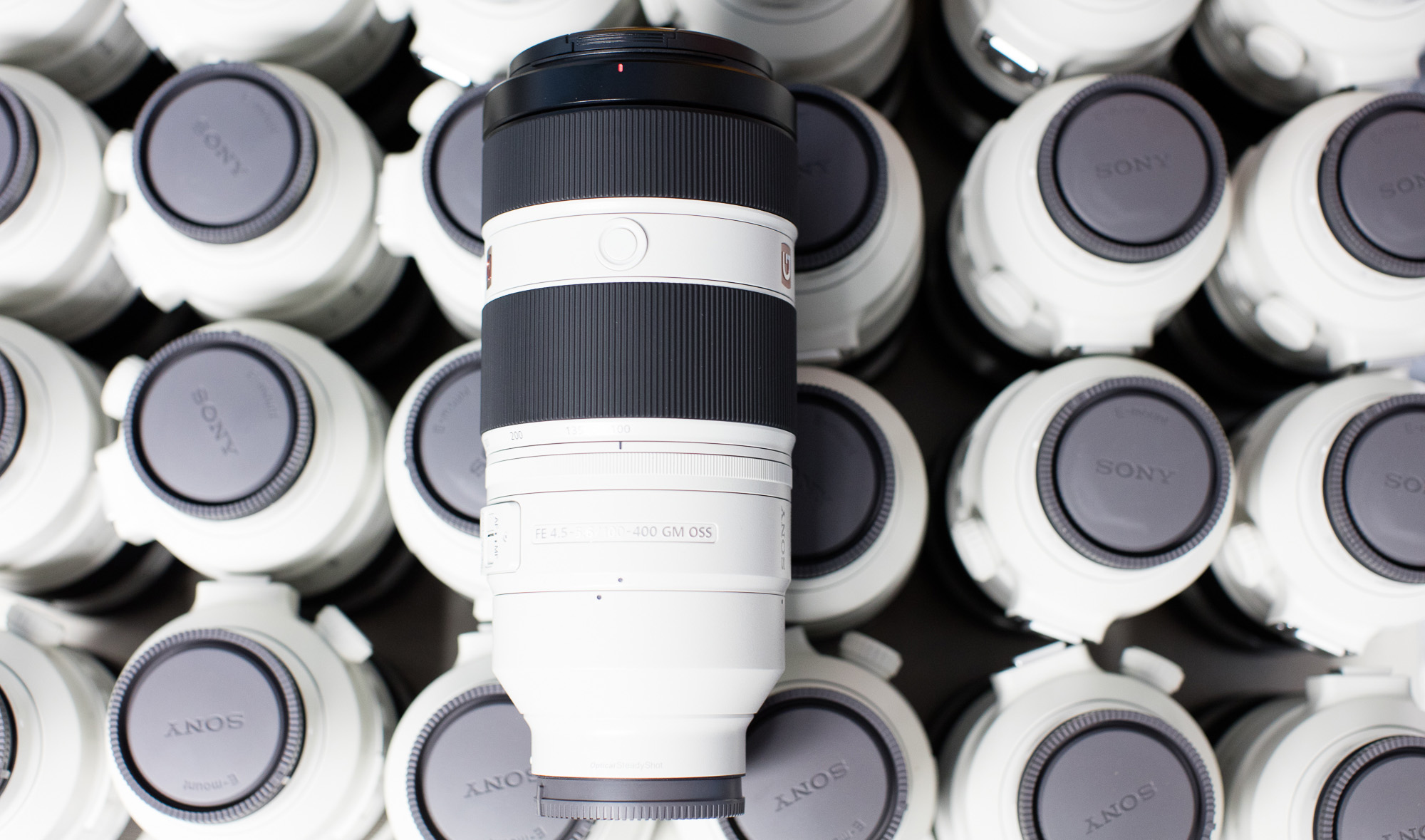I think the 28-70 was it, and this article seems to make sense as far as why we may not see anymore halo lenses.
There is a lot of online discussion about why a manufacturer made this lens when they so obviously needed to make that other lens. Or why this manufacturer’s design is better than that manufacturer’s magical solutions. So, I thought I’d share the second-hand information I have about the process...
www.lensrentals.com
Thanks Dan. I might have read that a couple years ago and do love that guy's blogging and the site in general.
I didn't quite get the idea it said there would be NO halo lenses though.
Yes, absolutely, the 28-70/2.0 was a halo. It still looks like a typo to me, it's so extreme. And I can't see anyone would buy it given that today's low-noise sensors allow ISO in the stratosphere, IS means you can often use slower shutters, and the higher MP combined with low noise means you can now really see the blur of say an f/4 shot that in the past would be hidden in film grain. And f/2 doesn't help AF nor does it make the viewfinder brighter. (Another subject I rant about: all this means that f/4 is the new trinity; we don't need f/2.8 any more). It's real purpose is just to be a halo.
The Canon TS lenses I think are generally speaking halo lenses. At least the shift isn't REALLY necessary as you can do that stuff in photoshop, though tilt is necessary to get a variety of special shots.
The DS lenses are also basically halo lenses.
So are the crazy zooms, the 1-5x macro, or the fisheye zoom, in the old EF catalog.
They just get people deciding their next camera outfit to go Canon because, gosh, look, they've just got ALL this stuff, should I ever want it.
In the past the 50/1.0 and 1200/5.6 were like this too.
(You can also consider some special bodies, like the pellicle mirrors in the FD and EF lineups, the astro versions, or a body with a sky-high MP count.)
So really, I don't want to pick a fight with someone who's giving me this great link above, but, I'd actually say Canon IS making a certain number of halo or semi-halo lenses even now. So I guess maybe I kind of mis-stated: I'm not saying they should make halo lenses (implying they don't yet) but rather, they should make a few more spectucular ones, even if they're sold by invitation only, or only rented to top pros, or what have you. Hearing that today's most artistic director is shooting a movie with the new Canon 35/1.0 or 135/1.0DS to get this special kind of shot is the kind of article that would get Canon recognition that mere advertising couldn't buy.

